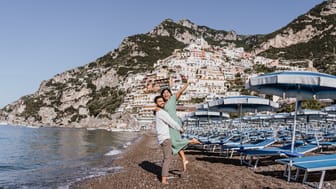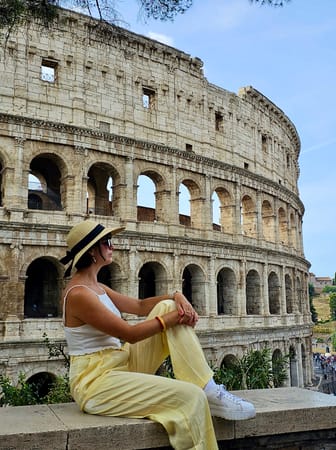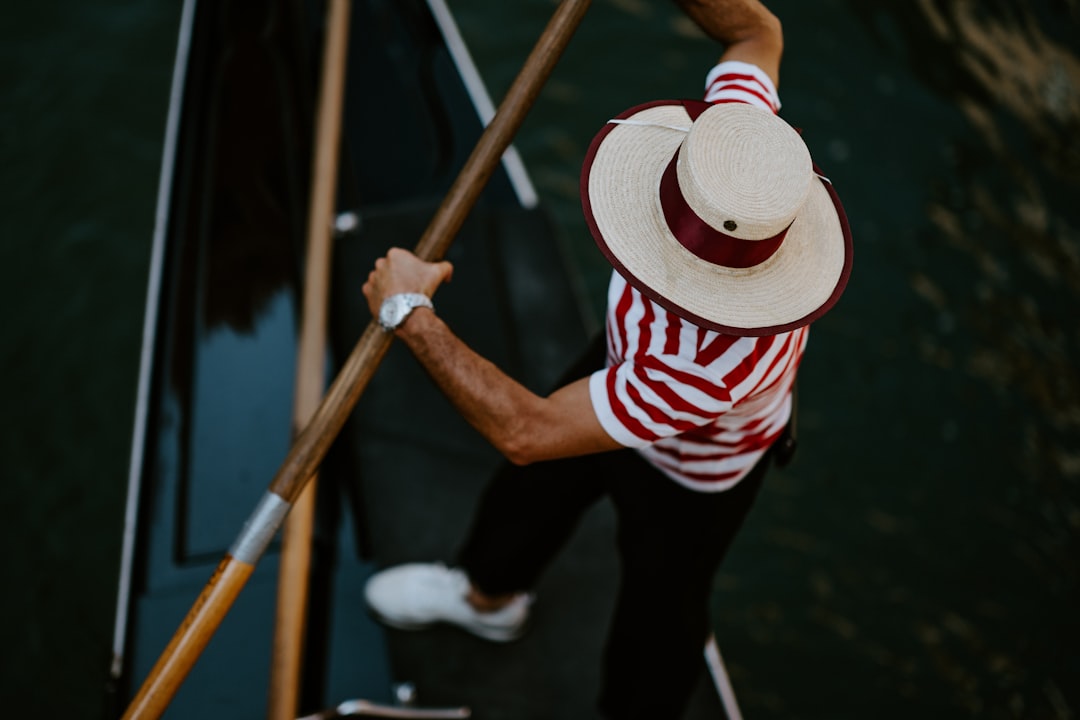Saint Mark's Basilica
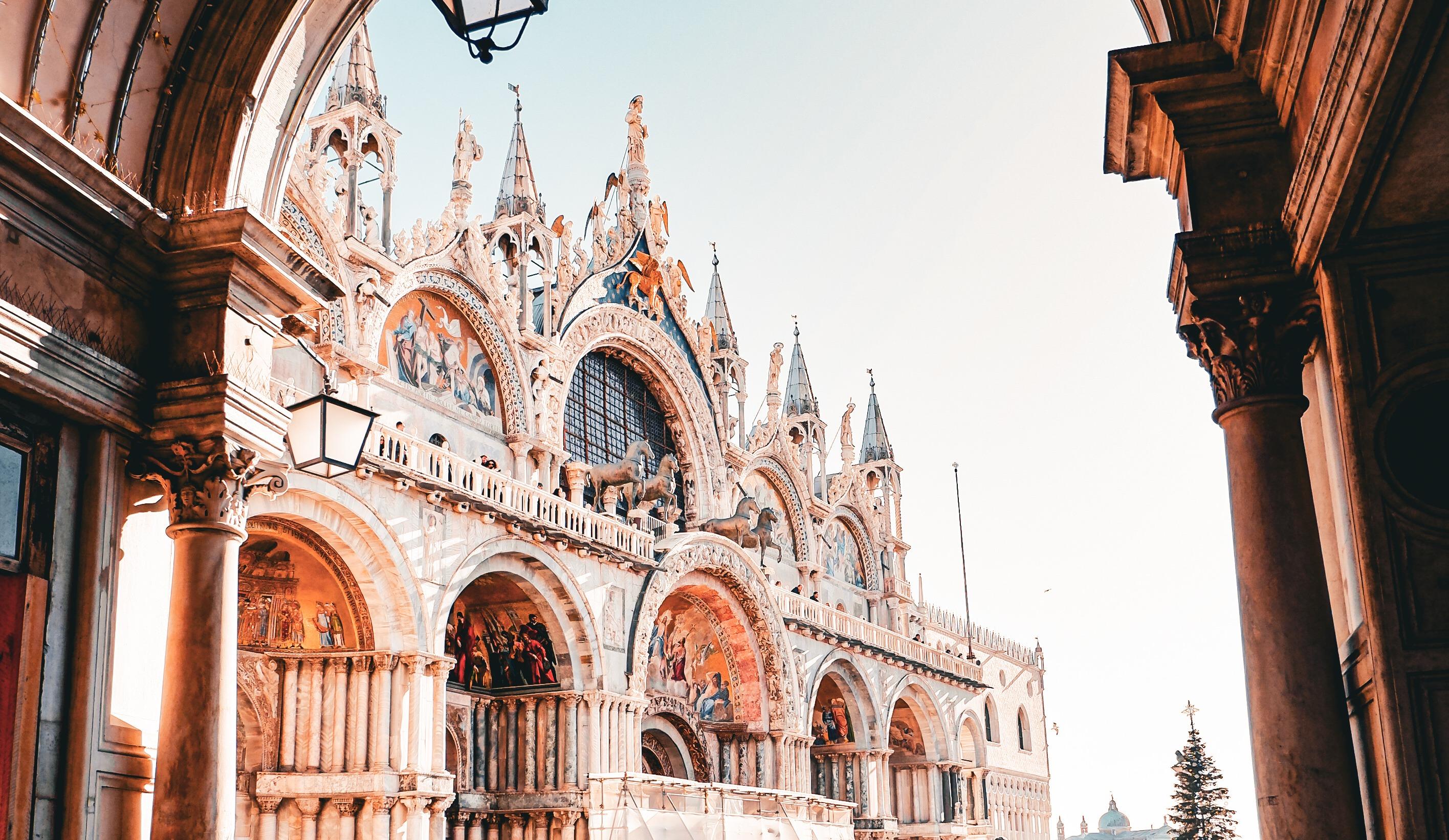


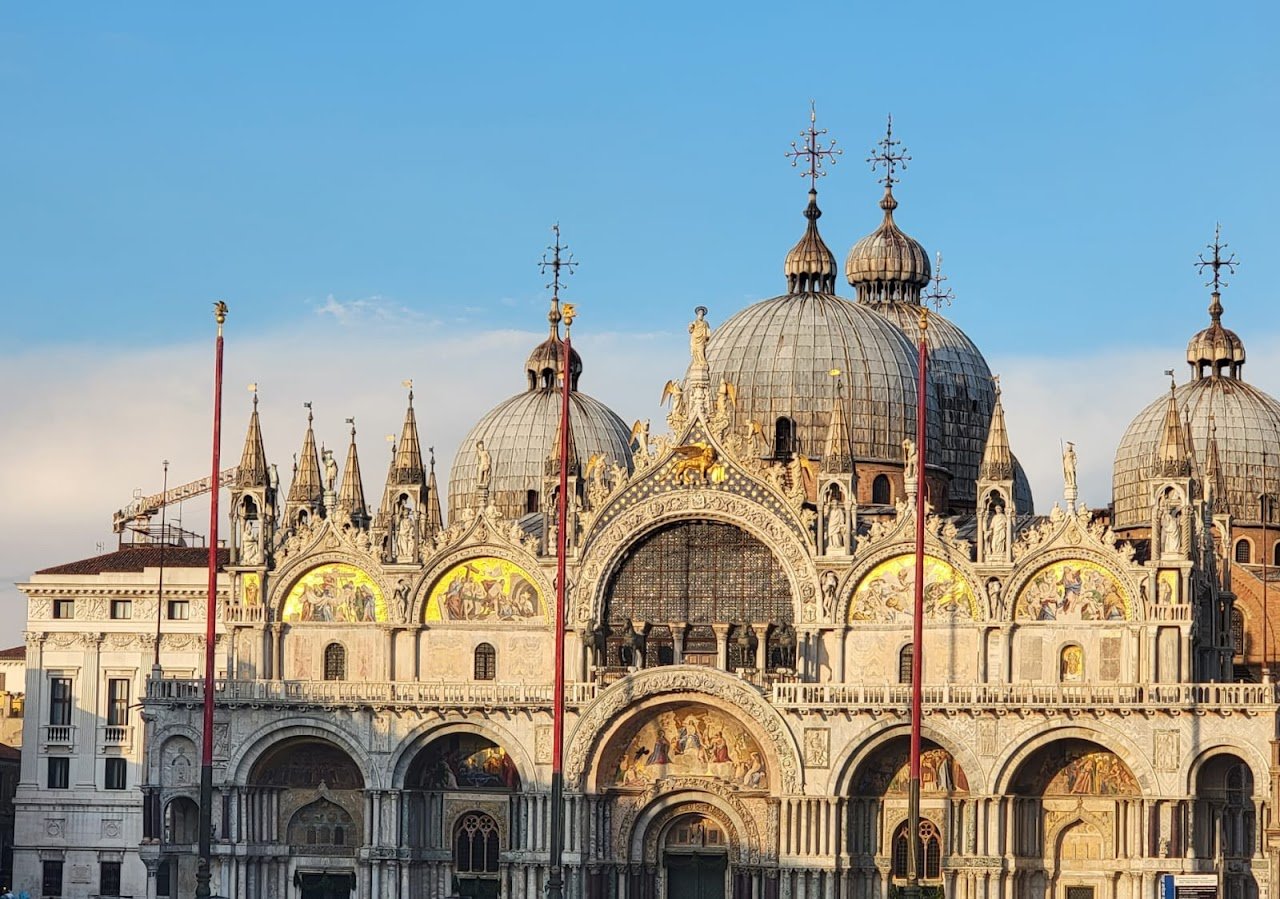

Ask ThatchGPT
Suggest a local expert to plan my trip
Suggest an unique itinerary for my Italy trip
What foods do Italy locals eat
What are some true hidden gems in Italy
Help me brainstorm trip ideas for Italy
Help me plan a family-friendly trip to Italy
What people say
Batzaya Struble
"Visit the iconic basilica with its magnificent mosaics. Don't miss the Pala d'Oro and the museum upstairs.
The bell tower of San Marco is a powerful square-shaped tower, approximately 99 meters high including the crowning cusp, formerly a lighthouse for sailors, the prototype of all lagoon bell towers. It was built for the first time in the 12th century on the site of a probable watchtower and rebuilt in its current form in the early 16th century with the addition of a belfry with the spire covered in copper and surmounted by a sort of revolving platform on where the statue of the Archangel Gabriel is placed, with the function of indicating the direction of the winds.
Of the five original bells only the largest remains. The others, now replaced, were destroyed in the collapse of the bell tower in 1902. From the bell tower you can observe the stupendous panorama of the city and the lagoon from above.
At the base of the bell tower is the loggia that Jacopo Sansovino built between 1537 and 1549, decorating it with marble and bronze.
Begun on pre-existing Roman foundations in the 9th century, built on several occasions from the 12th to the 14th century, the bell tower assumed, after many restorations and renovations, its definitive appearance between 1511 and 1514.
It is made up of a solid square barrel, in terracotta, with pilaster strips, 12 meters wide, 49.5 meters high (half of the entire height, 98.6 metres), and of the arched belfry, on which a large nut which serves as the base for the pyramidal cusp on which the golden angel rests.
Simple, of Roman concept in its severe harmony of lines and proportions, the tower has always been the first to appear to those arriving from the sea, with the flashes of the golden angel placed on the top, on a revolving platform. Struck several times by lightning and earthquakes, it continued its centuries-old life until the beginning of the 1900s. "
Read more in:
Mirka Ondrejkovicova
Available for hire
"The Basilica used to be free; now it costs €3 for an adult.
While you can pay just the entry fee and see the inside, we would recommend paying the extra €7 for the museum.
The museum itself is interesting, however, the museum ticket includes access to the roof terrace which is the best part. You get amazing views of St Mark's Square from there and if you hang around a bit, you might even luck out by being one of just a few tourists there when big tour groups move on (this happened to us, in October).
We would absolutely recommend going for the opening time, just make sure you get there earlier than the actual opening hour, because the queue starts forming before the church even opens.
Note: No luggage is allowed inside, not even a day backpack. There is a free baggage storage available on the side of the Basilica - make sure to store your backpack there BEFORE you join the queue. So many people have to leave the queue just as they get to the entrance to go store their luggage. Don't be one of them.
Another thing to note is you have to be dressed appropriately for going into a church, otherwise you will be charged extra to buy a cover-up - another expense you can easily avoid. "
Read more in:
Kaitlyn Alsup
"This 11th-century, Byzantine-style Basilica has a style heavily influenced by the world-traveling nature of the Venetians and is one of the most ornate churches in the world. It is adorned with 85,000 sq feet of gilded mosaics, including some by Titian and Tintoretto. Its famous altarpiece, the Pala d'Oro is encrusted with thousands of gems. It also displays several works of Ancient Roman art including a porphyry sculpture known as the Four Tetrarchs and the fascinating quartet of bronze horses which were brought to Venice after being taken from Constantinople, briefly captured by both Napoloeon and the Nazis, and believed by some to have magical powers.
💡 Tip: Visit the museum to see the original bronze horses that were brought from Constantinople"
Read more in:
Mentioned in these guides
About Saint Mark's Basilica
Get the inside scoop on Saint Mark's Basilica from local experts, travel creators, and tastemakers. Browse genuine trip notes, Saint Mark's Basilica reviews, photos, travel guides, and itineraries from real travelers and plan your trip with confidence.
Phone
Save this spot for later or start mapping out a new trip today
Try our AI Travel Assistant and get instant answers to any questions about your trip.
Ask ThatchGPT
